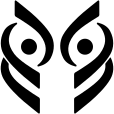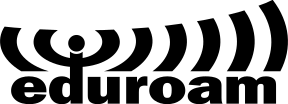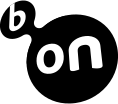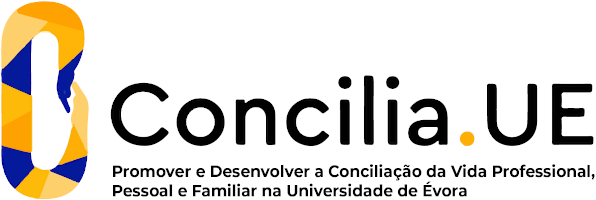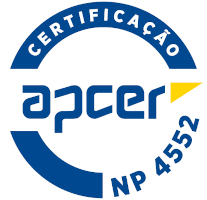2025
Sports and Development
Name: Sports and Development
Code: DES15028L
3 ECTS
Duration: 15 weeks/78 hours
Scientific Area:
Human Kinetics
Teaching languages: Portuguese
Languages of tutoring support: Portuguese, English, Spanish
Regime de Frequência: Presencial
Sustainable Development Goals
Learning Goals
It is essential that future sports professionals know and master development problems applied to the world of sport. In terms of learning objectives, we aim for students to achieve:
1) Understand the sporting phenomenon in its social, economic and political dynamics;
2) Describe the epistemological issues of human motricity applied to the development, organization and management of sport;
3) Analyze the conceptual, operational and organizational implications of sport management in physical and sporting activities;
4) Know the attitude and sport management instruments that enable an integration of knowledge that facilitates the study of the dynamics of development and organization of modern sport;
5) Acquire the critical ability to collect, interpret and communicate ideas, information and scientific knowledge, in written and oral form, organized in a coherent and logical way, on topics included in this curricular unit.
1) Understand the sporting phenomenon in its social, economic and political dynamics;
2) Describe the epistemological issues of human motricity applied to the development, organization and management of sport;
3) Analyze the conceptual, operational and organizational implications of sport management in physical and sporting activities;
4) Know the attitude and sport management instruments that enable an integration of knowledge that facilitates the study of the dynamics of development and organization of modern sport;
5) Acquire the critical ability to collect, interpret and communicate ideas, information and scientific knowledge, in written and oral form, organized in a coherent and logical way, on topics included in this curricular unit.
Contents
1. Sport and Society
1.1. Global context of sporting activities
1.2. Sport social analysis models
2. Sport and Development
2.1. Sport concept
2.2. Justifications for sports development
2.3. Development vs. growth
2.4. Sports development concept
2.5. Sports development policies
2.6. Principles of sports development
2.7. Sports development cycle
2.8. Sports development stages
2.9. FNI model
2.10. Sports development factos
2.11. Sport at the service of development and peace
1.1. Global context of sporting activities
1.2. Sport social analysis models
2. Sport and Development
2.1. Sport concept
2.2. Justifications for sports development
2.3. Development vs. growth
2.4. Sports development concept
2.5. Sports development policies
2.6. Principles of sports development
2.7. Sports development cycle
2.8. Sports development stages
2.9. FNI model
2.10. Sports development factos
2.11. Sport at the service of development and peace
Teaching Methods
Theoretical classes are plenary and eminently expository. Theoretical-practical classes seek to apply theoretical knowledge and are based on the scientific method, valuing information research, interpretation of results and a critical attitude and scientific rigor in students.
Student-centered teaching model making the relationships between the curriculum and its applicability to real problems implicit. We highlight:
a) application and understanding exercises, case studies, debates and video viewing;
b) articulation between moments of speech and audiovisual resources that facilitate understanding, attention and involve the active participation of students;
c) use of interactive digital resources;
d) collaborative approach based on team-based learning, to analyze/discuss various themes;
e) articulation between teaching and research, publicizing R&D projects and providing student participation in them;
f) situated learning, through carrying out application work
Student-centered teaching model making the relationships between the curriculum and its applicability to real problems implicit. We highlight:
a) application and understanding exercises, case studies, debates and video viewing;
b) articulation between moments of speech and audiovisual resources that facilitate understanding, attention and involve the active participation of students;
c) use of interactive digital resources;
d) collaborative approach based on team-based learning, to analyze/discuss various themes;
e) articulation between teaching and research, publicizing R&D projects and providing student participation in them;
f) situated learning, through carrying out application work
Assessment
The evaluation considers the following parameters in the final classification:
To be continued:
» 20% for participation and attendance (greater than 75%);
» 30% for group or individual task(s);
» 50% for final individual work.
By final exam:
» 50% for group or individual task(s);
» 50% for final individual work.
In both processes, a minimum grade of 9.5 in the task(s) and work.
To be continued:
» 20% for participation and attendance (greater than 75%);
» 30% for group or individual task(s);
» 50% for final individual work.
By final exam:
» 50% for group or individual task(s);
» 50% for final individual work.
In both processes, a minimum grade of 9.5 in the task(s) and work.
Teaching Staff
- Mário Rui Coelho Teixeira [responsible]








